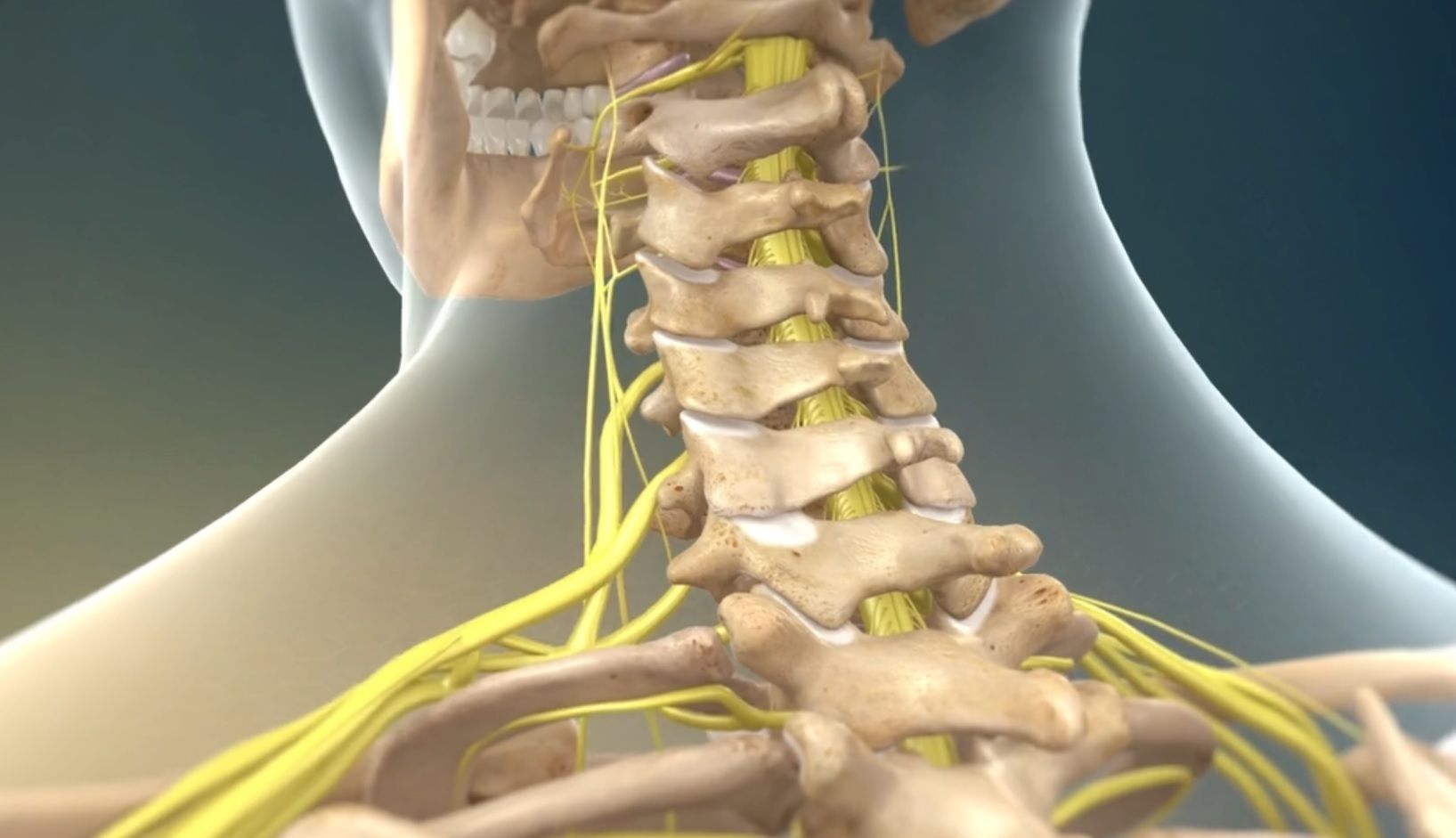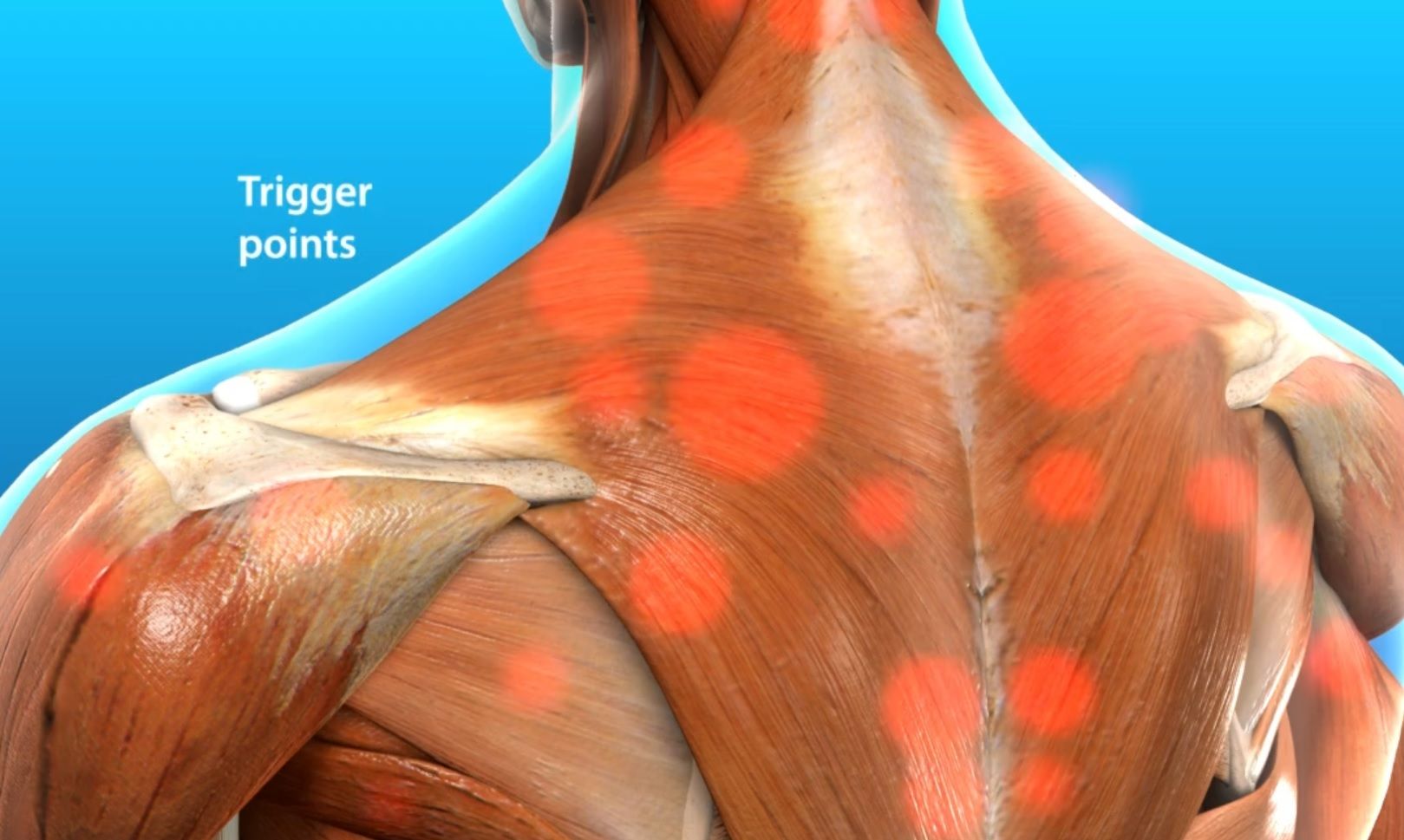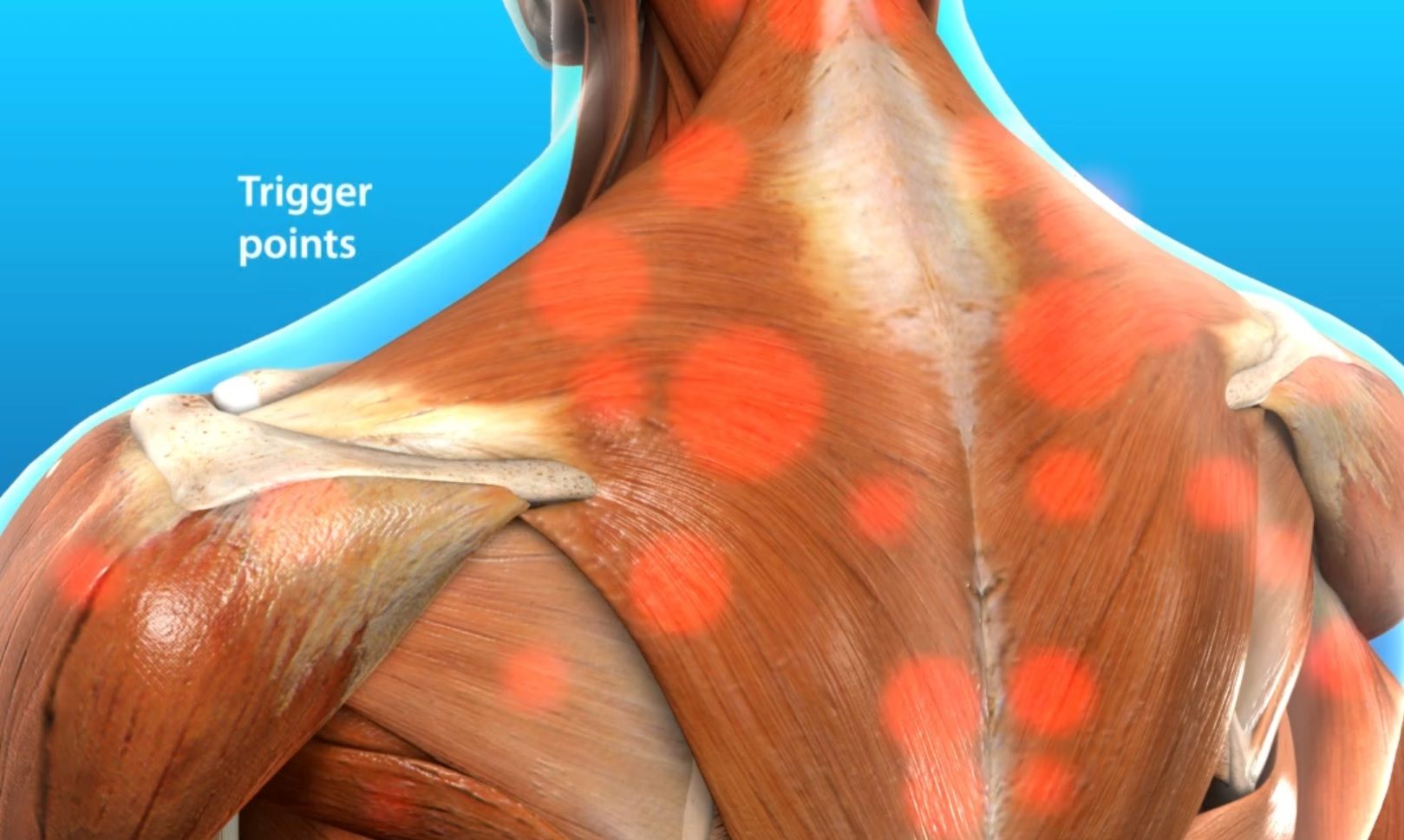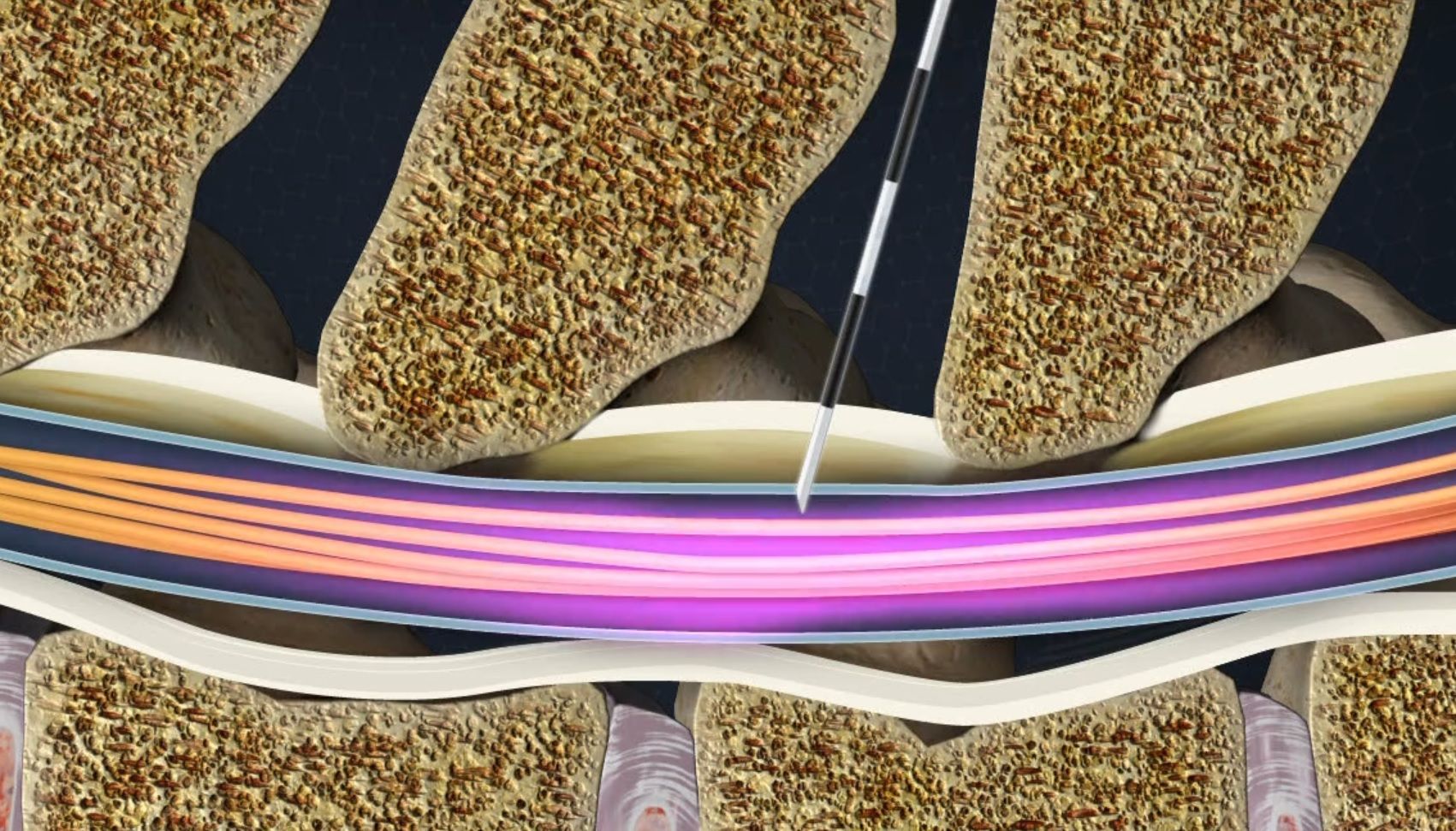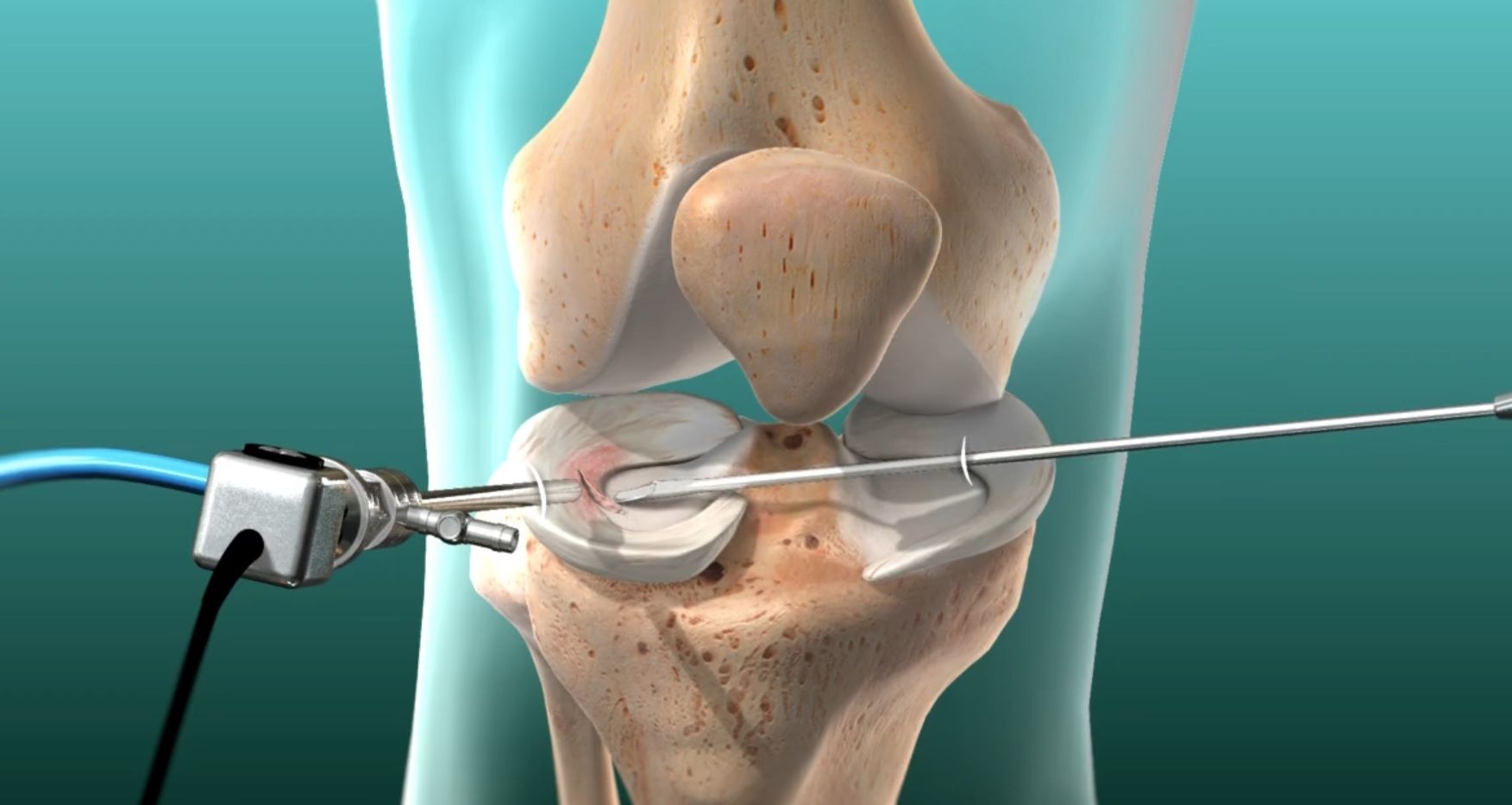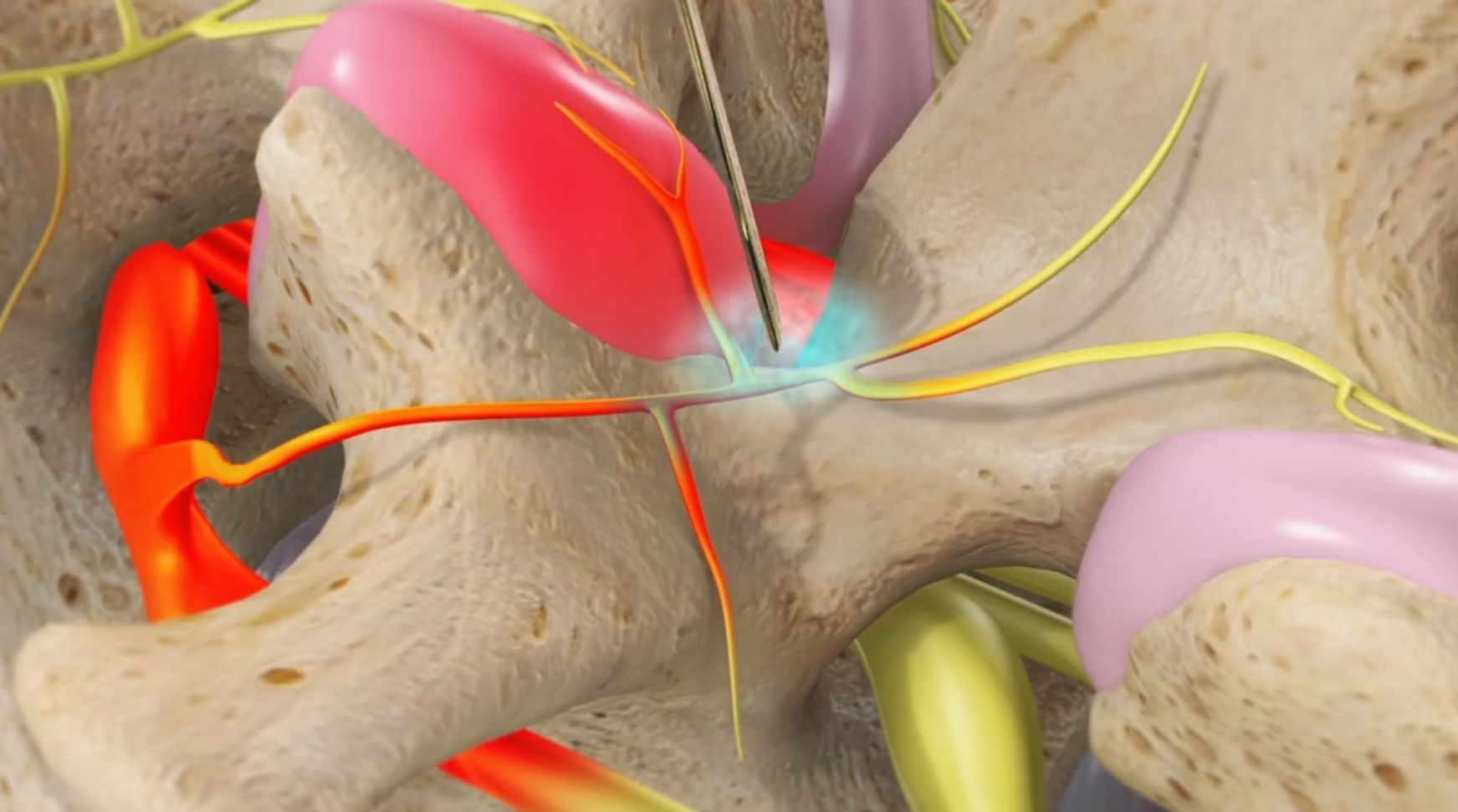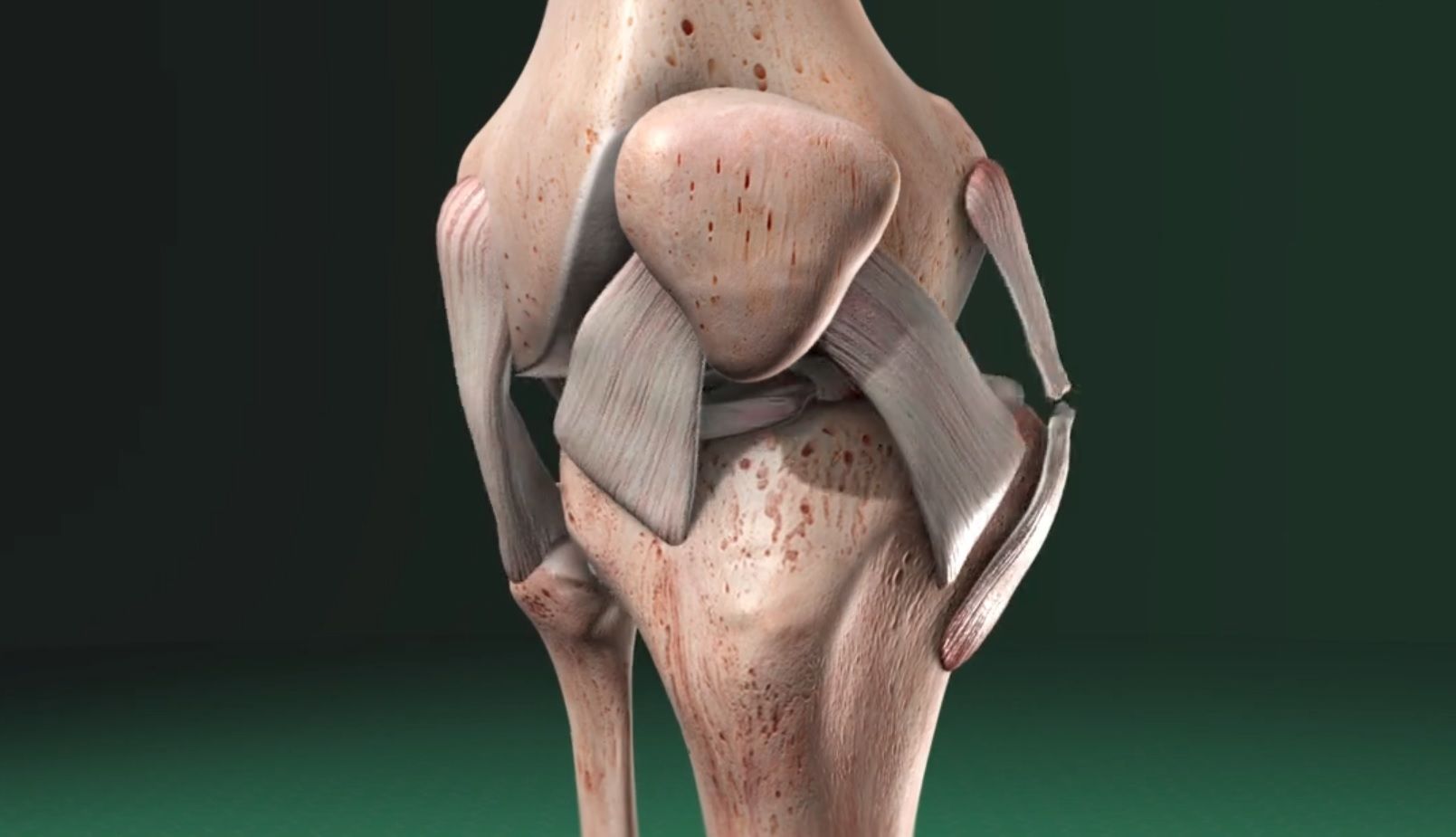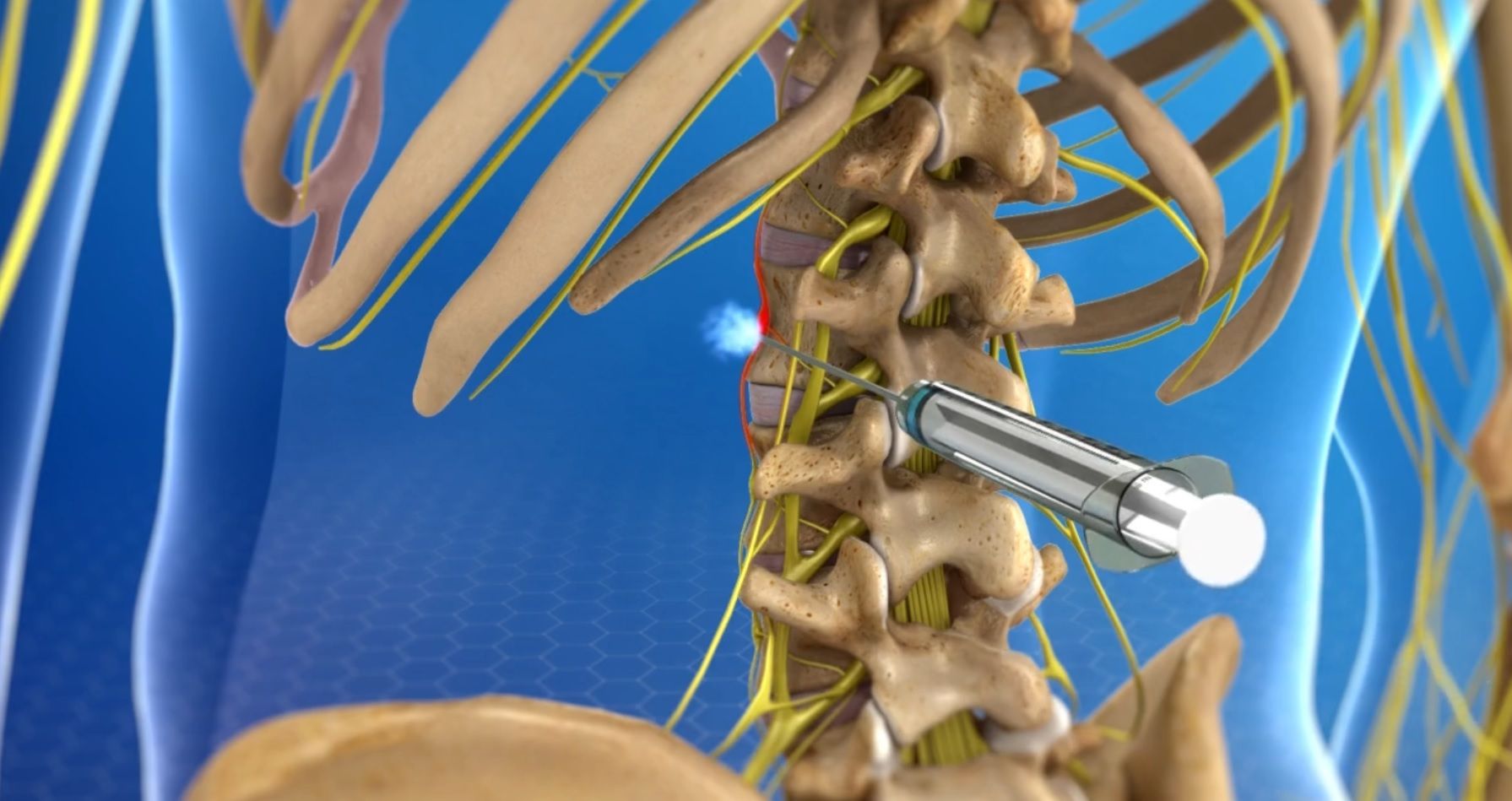Archives: Injury Resources
These are the medical resources that help clients learn more about the various injuries that could be sustained in an accident.
Overview
Neck pain is common and can severely impact your quality of life. Neck pain can limit your ability to work, do activities of daily living, and sleep. There are may causes of neck pain.
About the Cervical Spine
Your neck is made by the seven vertebral bones in your cervical spine. Spinal discs between these bones provide cushion, absorb shock, and allow for neck movement such as bending and twisting.
Spinal Cord and Nerves
Your spinal cord travels down from your brain...
Myofascial Release
Overview
Myofascial release helps with long lasting muscle pain. This therapy targets the layer of tissue that covers your muscles, called the fascia. This tissue can become tight and lead to sensitive places called “trigger points.” Myofascial release therapy helps relax your fascia to reduce pain.
Types of Release
Your therapist will gently stretch the fascia in places where it is constricted. Your therapist will do this using an open hand, a closed fist, an elbow or massage...
Myofascial Pain Syndrome
Overview
Myofascial pain syndrome is a chronic pain disorder that affects the muscles and their surrounding connective tissue (the fascia). This condition may cause you to develop sensitive areas in your body called “trigger points.” Pressing down on these trigger points causes pain.
Causes and Risk Factors
Medical science does not fully understand what causes myofascial pain syndrome. Likely causes include injury, muscle overuse, stress, anxiety, and depression, all of which...
Myelography and Myelogram
Overview
A Myelography (also called a Myelogram) is an outpatient diagnostic procedure to examine the spine. It allows doctors to identify problems involving the spine, the spinal cord, and the nerve roots that are often not clearly revealed with x-rays, MRIs, or CT scans.
Preparation
To begin, you lie on your stomach. Your back is cleaned with an antiseptic. Local anesthesia is used to numb the skin and tissue of your back.
Injecting the Dye
The physician carefully guides a different...
MRI (Magnetic Resonance Imaging)
Overview
A Magnetic Resonance Imaging (MRI) scan lets doctors see inside your body. Unlike x-rays that use radiation to show bony structures, MRIs use magnets and radio waves to show soft tissues.
Preparation
You will need to remove glasses, jewelry, hearing aids, dentures, and other items before starting the MRI examination. If you have any metal implants, you will not be able to undergo MRI evaluation. You will be given a gown to wear, hearing protection devices, and medicine to relax...
Meniscus Repair – Arthroscopic Surgery
Overview
Your knee joints have two c-shaped wedges of cartilage called menisci (singular, meniscus). These cushion the bones in your joint, absorb shock, and allow for smooth movement. Motions like twisting the knee can tear your meniscus. Arthroscopic surgery can help.
Preparation
To start the procedure, you are anesthetized. The surgeon makes several small openings in your skin. A viewing device called an arthroscope is placed through one of the openings. The other openings are for...
Meniscectomy (Partial)
Overview
The meniscus is a cushion of cartilage in your knee that absorbs shock and allows for smooth movement of the knee joint. There are two menisci in each knee. If one is worn out or damaged, you may need a partial meniscectomy to remove the damaged areas.
Preparation
Your knee is numbed to start the procedure. Your surgeon creates small openings in your skin. An arthroscope camera is put in one opening, so the surgeon can see inside your knee joint. Surgical tools are inserted in...
Medial Branch Block
Overview
A Medial Branch Block is an injection of numbing medicine. The medial branch nerves attach to the facet joints of your spine and can hurt when the joints are injured or diseased. The injection provides tempporary pain relief and helps the doctors find the source of your pain.
Preparation
To begin, you are given local anesthesia to numb the skin and tissue tissue around the areas to be injected.
Inserting the needle
Next, your doctor uses a video x-ray device called a fluoroscope...
MCL (Medial Collateral Ligament) Injury
Overview
The medial collateral ligament, commonly called the “MCL”, is on the inner side of your knee, connecting to the femur and to the tibia. The MCL stabilizes your knee by working with the lateral collateral ligament (LCL) to prevent excessive side-to-side movement of your knee joint. The medial collateral ligament helps keep the upper and lower leg aligned properly.
Causes
Your medial collateral ligament can be injured when your knee is pushed sideways toward the inner...
Lumbar Sympathetic Block
Overview
A Lumbar Sympathetic Block procedure is an injection that numbs nerves in your lower back. It helps doctors find and treat sources of pain. Usually, multiple injections are needed to treat a problem.
About the Sympathetic Nerves
The sympathetic nerves travel along both sides of your spine. They regulate many body functions that you don’t consciously control, including blood circulation, digestion and sweat production.
Preparation
To prepare for a lumbar sympathetic...

